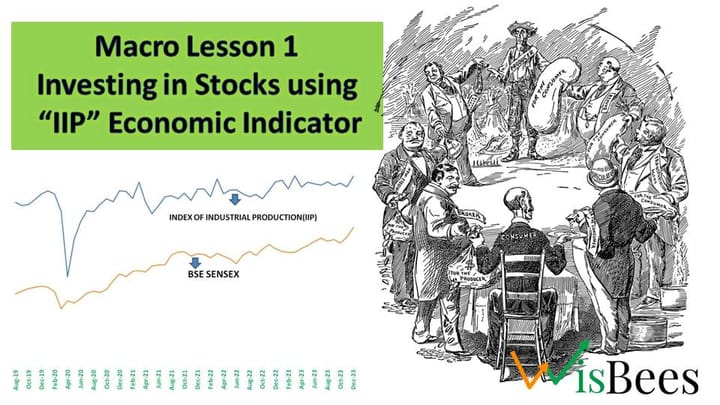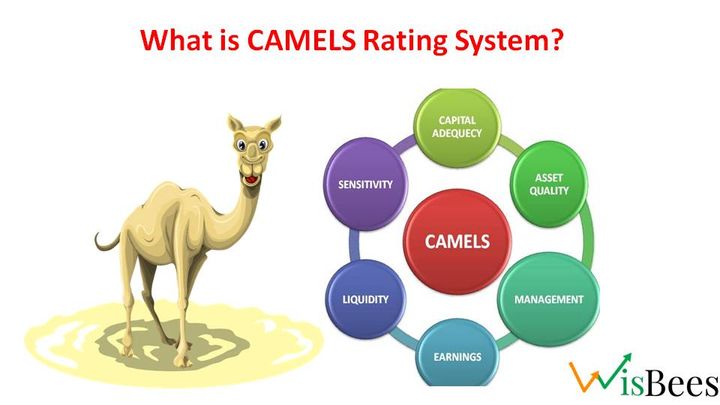Bond Tenure

Bond tenure, also known as bond maturity, is the length of time until a bond reaches its maturity date. The maturity date is the date on which the bond issuer is obligated to repay the bond's face value to the bondholder. Bond tenure can range from a few months to several decades. The longer the bond tenure, the greater the risk for the bondholder, as there is more time for interest rates to change, which can affect the bond's value. On the other hand, longer bond tenure usually means a higher interest rate.
Bonds are generally classified as short-term, intermediate-term, and long-term based on their maturity date. Short-term bonds typically have maturities of less than 3 years, intermediate-term bonds have maturities between 3 and 10 years, and long-term bonds have maturities of more than 10 years.
The life span of a bond or the time the adhesive will take to mature, at the end of which, if held till maturity, will provide the individual promised interest, that all claims and coupon rates are paid promptly.



